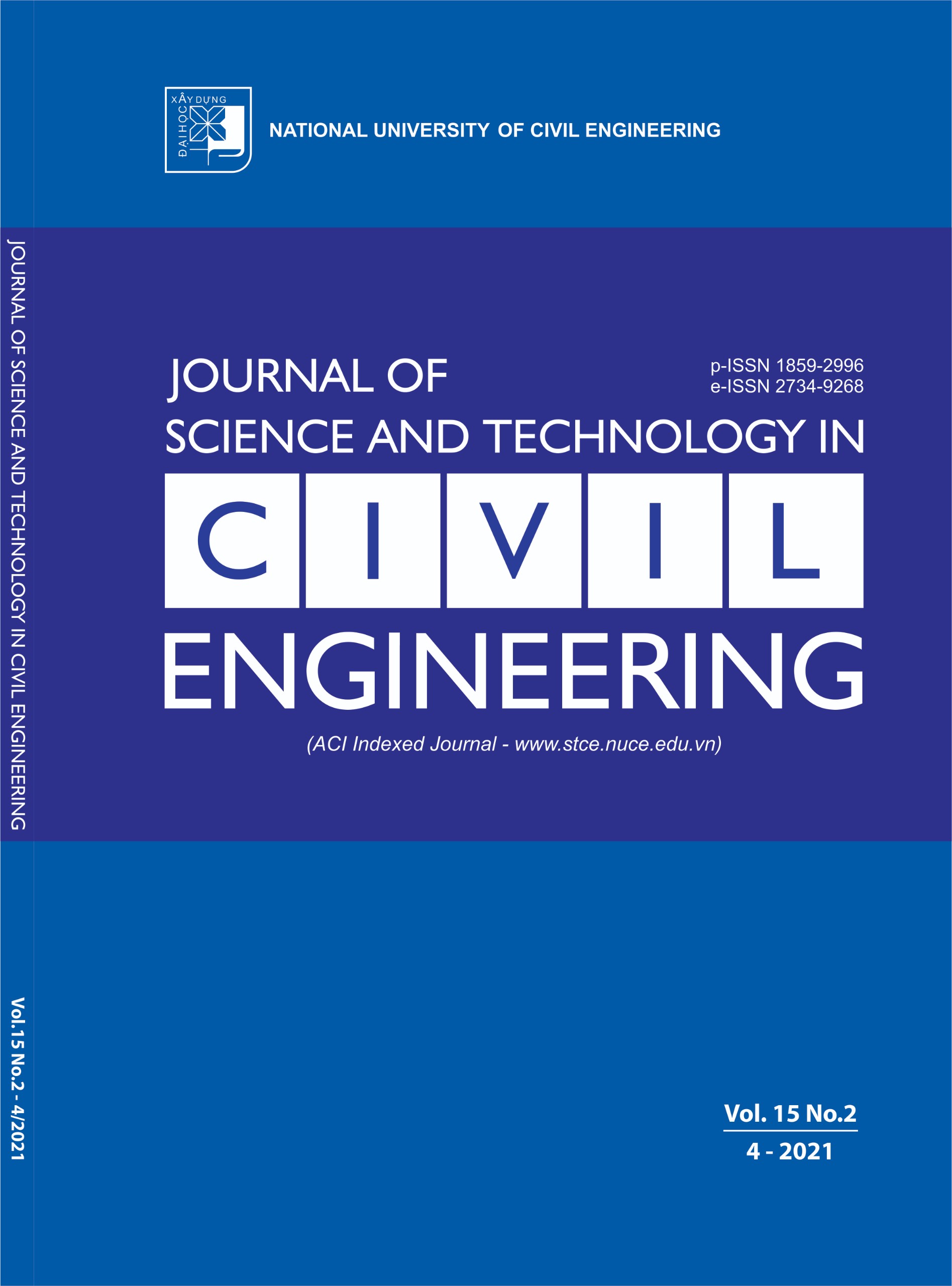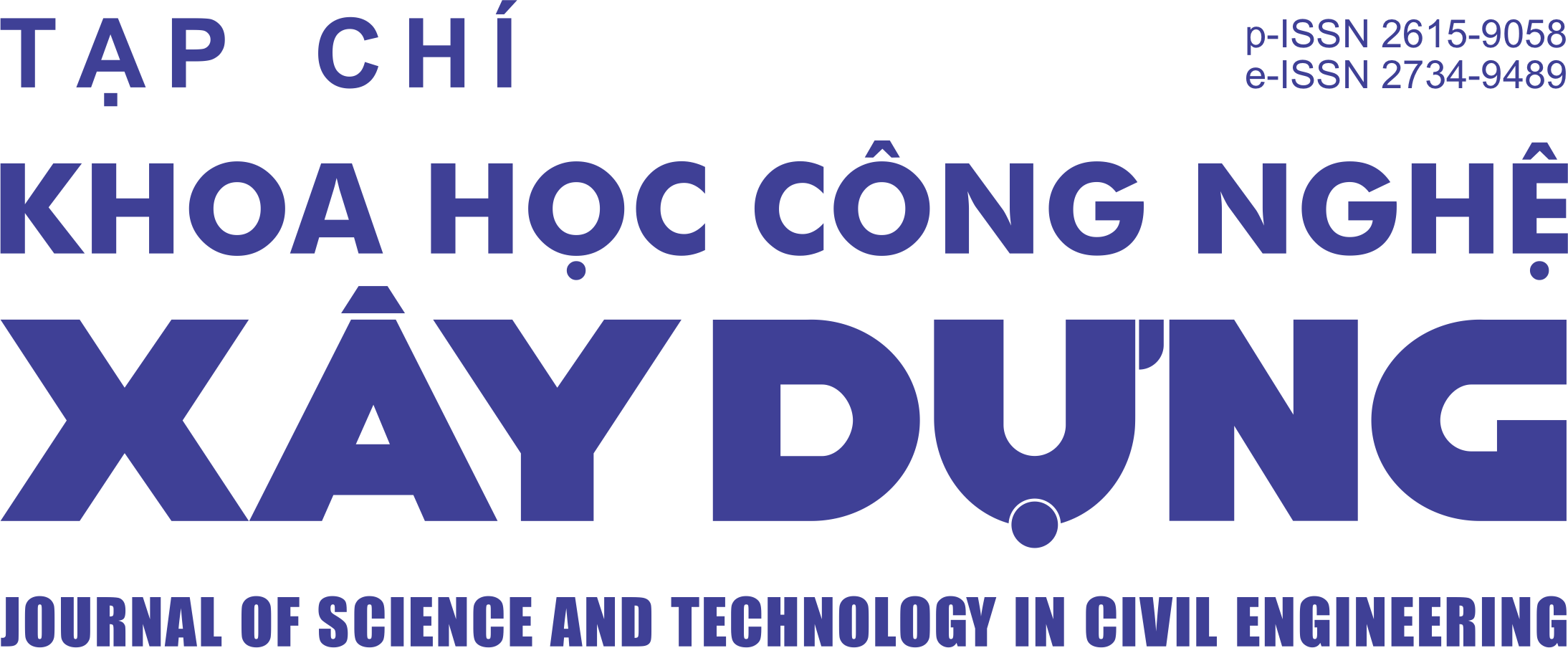An isogeometric formulation with a three-variable high order shear deformation theory for free vibration analysis of FG porous plates reinforced by graphene platelets
Abstract
We present a generalized three-variable high order shear deformation theory (THSDT) using isogeometric analysis (IGA) to analyze free vibration of functionally graded porous (FGP) plates reinforced by graphene platelets (GPLs) in this work. It is named as FGP-GPLs for a short. The proposed theory only has got three degrees of freedom (DOFs) per node as the same way of numerically solutions in three-dimensional (3D) solids. THSDT fulfills the classical plate theory (CPT), the first-order shear deformation theory (FSDT) and even the higher-order shear deformation theory (HSDT). IGA is chosen to analyze because of its noteworthy advantages in numerical computational sides of plate problems. In addition, the displacement field of THSDT needs the high continuity in approximated formulation with high-order derivatives for a weak form of fourth order equation. According to IGA formulation based on the generalized THSDT, the shear locking phenomenon is free. The variables of THSDT are less than HSDTs which contain five DOFs per node. The influences of weight fractions, the coefficient porosity, dispersion patterns of GPLs and distribution types of porosity on structure’s natural frequencies are studied through some numerical examples. In order to prove the reliability and accuracy of present method, the numerical results are compared to available published works.
Keywords:
FG-porous plate; graphene platelet reinforcements; three-variable high order shear deformation theory (THSDT); isogeometric analysis; free vibration.
Downloads
Copyright (c) 2021 National University of Civil Engineering

This work is licensed under a Creative Commons Attribution-NonCommercial-NoDerivatives 4.0 International License.
1. The Author assigns all copyright in and to the article (the Work) to the Journal of Science and Technology in Civil Engineering (JSTCE) – Hanoi University of Civil Engineering (HUCE), including the right to publish, republish, transmit, sell and distribute the Work in whole or in part in electronic and print editions of the Journal, in all media of expression now known or later developed.
2. By this assignment of copyright to the JSTCE, reproduction, posting, transmission, distribution or other use of the Work in whole or in part in any medium by the Author requires a full citation to the Journal, suitable in form and content as follows: title of article, authors’ names, journal title, volume, issue, year, copyright owner as specified in the Journal, DOI number. Links to the final article published on the website of the Journal are encouraged.
3. The Author and the company/employer agree that any and all copies of the final published version of the Work or any part thereof distributed or posted by them in print or electronic format as permitted herein will include the notice of copyright as stipulated in the Journal and a full citation to the Journal as published on the website.







